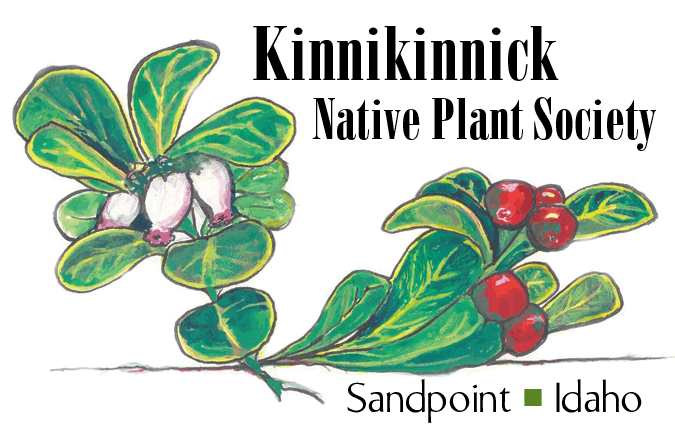Heartleaf Arnica
(Arnica cordifolia)
Heartleaf Arnica
Easy to identify and common throughout the western United States and Canada, Heartleaf Arnica IArnica cordifolia) is a bright spot in the forest with its yellow, 1-2 inch sunflower-like blooms from May to August. Called an inflorescence, the golden blossoms consist of 8-15 yellow ray flowers with pointed tips and a cluster of disk flowers in the center.
Leaves are opposite along the 6-20 inch long stems and heart-shaped, hence the genus name cordi, “heart,” folia, “leaf.” Larger leaves on long stalks, often more arrowhead-shaped, are at the bottom of the stem becoming smaller and more heart-shaped with little or no stalk closer to the top. They are a bright medium green in color and can have notched edges.
Like the common dandelion, another member of the Composite family, Heart-leaf Arnica inflorescences produce seeds with a short, barbed whitish pappus which can fly in the wind. Heart-leaf Arnica also spreads from underground rhizomes, which can help repopulate burned or disturbed landscapes.
While it thrives in part shade to full sun, rich soils and ample moisture, Heartleaf Arnica is not picky and is found in many different habitats. A colorful addition to any woodland garden, it can create a rich green groundcover in filtered light under trees or tall shrubs.
An important food source for deer and elk, Heartleaf Arnica is a substantial portion of their diet in their native summer range.
Arnicas of all species contain natural anti-inflammatory and wound healing properties. Native Americans used Arnica as a medicinal plant, and today it is a popular ingredient in many salves, tinctures and creams used for pain and inflammation. The flowers seem to be the most potent, though all of the plant has been used. Possibly toxic if ingested, poultices and preparations for external use can be effective for treatment of sprains, strains, bruises and wounds. A handy bit of wilderness medicine if you twist an ankle while out hiking.
Heartleaf Arnica is growing in the Moist Forest Habitat of the North Idaho Native Plant Arboretum, 611 S Ella Ave. Pictures and a description of the plant are found on page 123 of Landscaping with Native Plants in the Idaho Panhandle, a KNPS publication available at local bookstores and the Bonner County History Museum.
Native Plant Notes are created by the Kinnikinnick Native Plant Society. To learn more about KNPS and the North Idaho Native Plant Arboretum, explore www.nativeplantsociety.org.

